The text in your label is actually aligned to the top already. Even if you set all three of:
label.setVerticalAlignment(JLabel.TOP);
label.setVerticalTextPosition(JLabel.TOP);
panel.setAlignmentY(TOP_ALIGNMENT);
you still would find that gap.
The problem is related to font-metrics. The font leaves space for diacritics, and while English numbers and even letters do not contain diacritics on capital letters, Arial definitely contains a full-breadth of international characters including ones taller than a capital letter, for example, German umlauts (ÄÖÜ) or characters containing Portuguese diacritics (ÁÂÃ).
If you want a quick, easy solution that is a hack, that may not scale well across fonts and platforms, you can use a negative value on a border to compensate for the font metrics.
label.setBorder(BorderFactory.createEmptyBorder( -3 /*top*/, 0, 0, 0 ));
If you want to fix it "right" you should look into learning about the FontMetrics package, as it has many functions that could be useful to calculating the actual height and location of the text being displayed, such that you can move the whole string by the appropriate amount of pixels.
